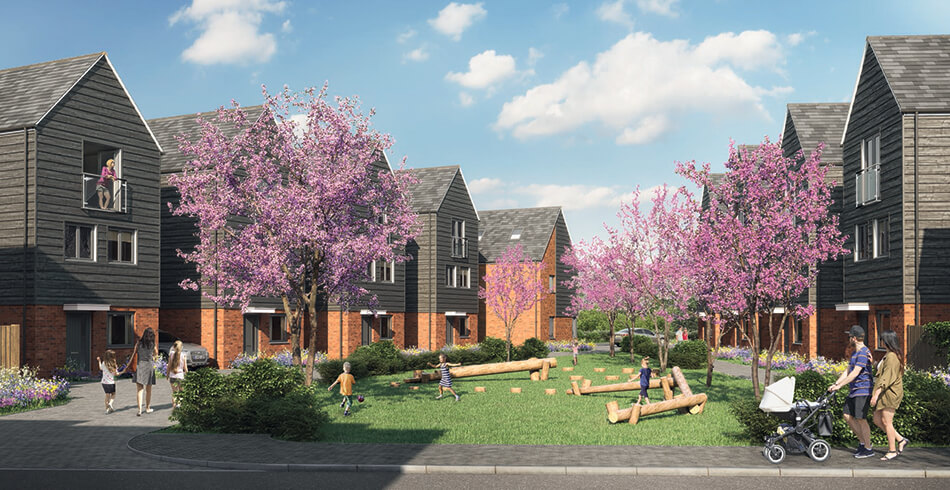Let's not get carried away with beauty

The last four months have seen a wave of publications on planning practice guidance that reinforce a singular message - the need to create beautiful, enduring and successful places. The National Design Guide from the MHCLG, the Housing Design Audit funded by UCL (Place Alliance) and CPRE and finally the 'Living with Beauty' report, all of which have called for reflection and created the need for debate and discussion. One may agree or disagree with the purpose, content or tone of these reports in part or full, but we can all acknowledge that they have been collectively successful in bringing 'Design' back onto the agenda. Good design in housing should be intrinsic and this can never be compromised.
The theme of one of the recent publications appear to have evolved from the 2018 Letwin Review reference to volume-built houses as homogenous products and have used his inference partly as a theme to emphasise the need for 'Beauty' in the document. The consistent and excessive use of term 'Beauty', whilst virtuous and enticing, is emotive and cannot be treated as a singular overriding endeavour.
We are all working in an epidemic of a housing crisis, manoeuvring in the realm of a planning system that can be slow and usually known for its silo-thinking. Hence, before we get carried away with using 'beauty' as a driver, any future planning reforms and practice guidance at a national, regional and local level will firstly need to demonstrate a much better understanding of the operational realities of volume-built housing, which is the only answer to fixing this epidemic, and rethinking the un-incentivised planning system that land promoters and housebuilders operate in, if it really intends to accelerate the process and improve the results.
In this wave of new publications, we seem to have forgotten to emphasise the 12 golden principles advocated by Building for Life (BFL). The BFL12 has proven success in the design of new sustainable communities and rather than creating any further design publications, the use of the BFL12 needs to be made a mandatory minimum requirement for any future housing scheme, from inception to completion. The Housing Design Audit clearly highlights examples nationally where some volume housebuilders have been thought-leading in placemaking by advocating the BFL12 in their developments and some aren't; and it is such discrepancies that need to be addressed urgently and reformed as a measurable outcome.
The thinking that local communities dislike new housing developments due to the lack of aesthetic diversity is only partially informed. In creating better quality new housing, careful consideration needs to be given to how these developments are sustainable in the real sense. How that sustainability can be achieved through good design is not just about visual presence but on functionality, integration and placemaking as a whole, brought together through a cohesive application of good urban design, landscape, engineering, architecture and workmanship. In order to create sustainable communities, good design cannot be an afterthought or a packaging tool. This requires vision at the outset and a lasting marriage of collaboration, thought, narrative and communication.
Demonising use of standard product is taking attention away from the main issues that local communities have which are primarily around timely infrastructure delivery and lack of awareness and engagement. Advocating that beauty can be used as a reason for refusal of an application sends the wrong message and contradicts with the other collective reforms proposed in these new guidelines. We need to acknowledge that in the construct of years spent on promoting a site, outline applications, design coding and reserved matters applications, aesthetics or appearance-matters appear much later in the queue. If beauty does need to be brought to the forefront, any overhaul firstly needs to move away from tired concepts such as land use micro-planning, measuring character through a mathematical density ratio, a tick-box approach to consultation, and a piecemeal assembly of infrastructure.
More fundamentally, what is beauty? What is ugliness? Who is the arbiter? Is it an absolute, is it only visual and can you quantify beauty?
Beauty in anything is when it is loved and cared.
For us to deliver those loved and cared communities, collaboration amongst all parties is fundamental, provided that is done so with honesty and integrity, without personal or political bias. As built environment professionals, we owe it to our communities and the next generations to create better living environments that are well thought through and leave a legacy behind. Let that not be mediocre or superficial.
